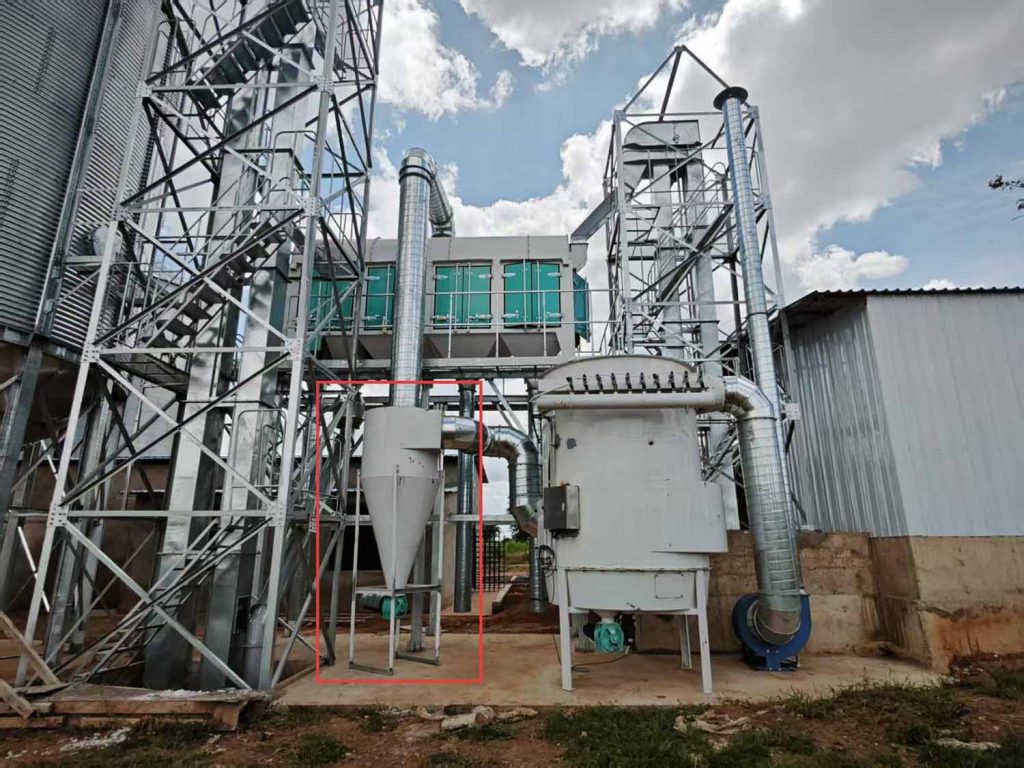Cyclone dust collector design must consider dust characteristics. It also needs to meet actual working condition requirements. This article explores key design elements in depth.

Core Design Elements
Geometric Structure Design
Key parameters include cylinder diameter and cone angle. Inlet and outlet design also matter greatly. Proper geometry optimizes airflow paths. It enhances centrifugal force and improves dust removal efficiency. For example, smaller cylinder diameter increases airflow rotation speed. Larger cone angle helps throw particles toward the wall more easily.
Airflow Path Optimization
Optimizing inlet and outlet positions ensures stable rotational flow. Their shapes also contribute significantly. This rotational motion aids dust particle separation. It also reduces airflow turbulence and lowers energy consumption.
Design Optimization Strategies
Adapting to Dust Characteristics
Different dusts vary in particle size and density. Cyclone design should adjust according to these traits. For larger particles, reduce cylinder diameter appropriately. This strengthens centrifugal force. For smaller particles, optimize airflow paths to improve separation efficiency.
Meeting Working Condition Needs
Design must consider actual operating conditions. These include temperature, humidity, and dust concentration. Select high-temperature resistant materials for hot environments. Apply moisture protection measures in high-humidity conditions. This ensures stable equipment operation.
Practical Design Considerations
Material Selection
Material choice directly affects service life and performance. Manufacturers typically use high-strength steel for the shell. This ensures structural integrity. Choose heat-resistant or corrosion-resistant materials for special conditions. These include high-temperature or corrosive environments.
Maintenance and Inspection
Design should facilitate maintenance and inspection. For example, use easily removable parts. Create structures that simplify cleaning. These reduce maintenance time and costs. Also design reasonable inspection access points. This enables timely maintenance during operation.